The Art of Home Sanitization: Protecting Your Haven
Home is where the heart is, but it's also where germs, bacteria, and viruses can lurk. Keeping your home clean and sanitized has never been more critical, especially in today's world. In this post, we'll explore the importance of home sanitization and provide you with a comprehensive guide on how to keep your living space germ-free and safe. For additional help on this topic, call Platinum Cleaning!
Why Home Sanitization Matters
⦁ Health and Safety: A sanitized home is a healthy home. Regular sanitization helps prevent the spread of illnesses, such as colds, flu, and even more serious infections.
⦁ Allergen Reduction: Sanitizing your home can reduce allergens like dust mites, pet dander, and mold, which can cause allergies and respiratory problems.
⦁ Peace of Mind: Knowing that your home is clean and germ-free can give you peace of mind, especially if you have vulnerable family members, such as children or the elderly.
⦁ Allergen Reduction: Sanitizing your home can reduce allergens like dust mites, pet dander, and mold, which can cause allergies and respiratory problems.
⦁ Peace of Mind: Knowing that your home is clean and germ-free can give you peace of mind, especially if you have vulnerable family members, such as children or the elderly.
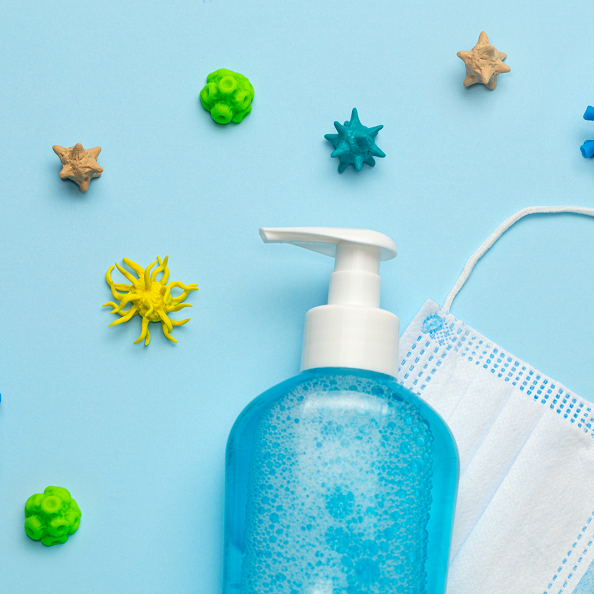
The Home Sanitization Process
1. Cleaning vs. Sanitizing
It's important to understand the distinction between cleaning and sanitizing. Cleaning removes dirt, dust, and debris, while sanitizing kills germs and bacteria. Start by cleaning surfaces with soap and water before moving on to sanitization.
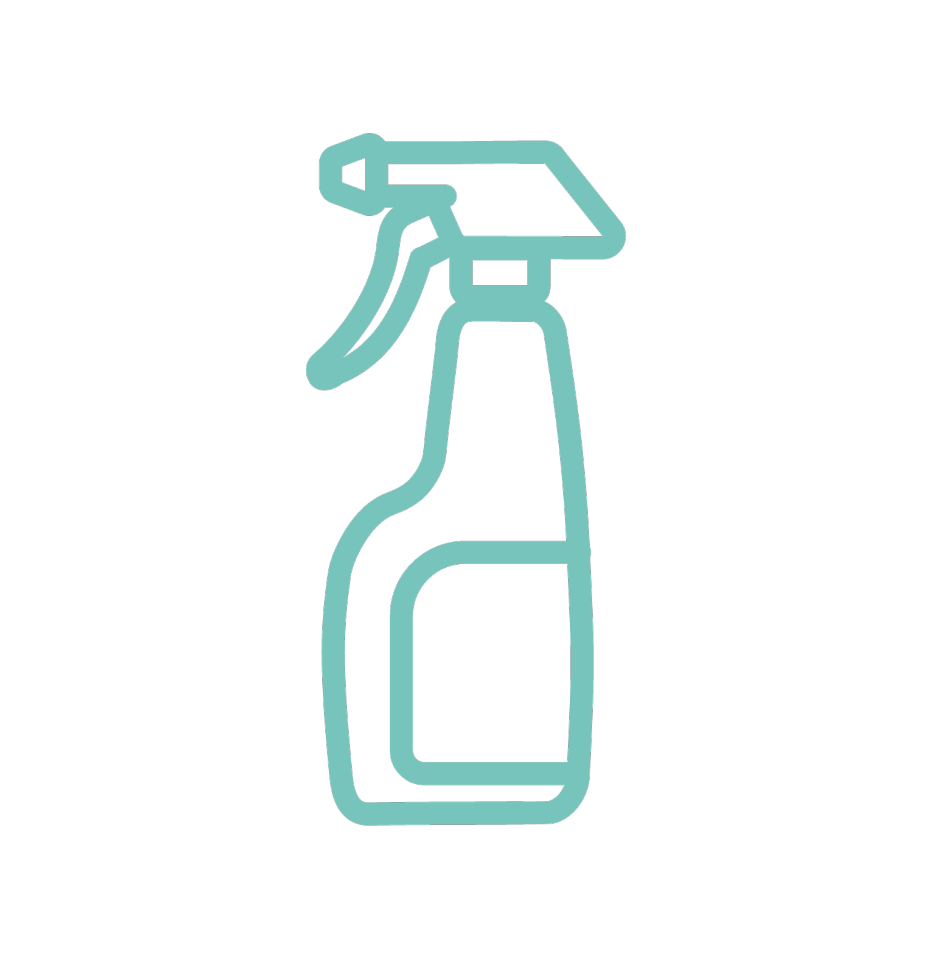
2. Choose the Right Products
Select disinfectants or sanitizers that are effective against a broad spectrum of germs, including viruses. Look for products with EPA-approved labels and follow the manufacturer's instructions for safe and effective use.
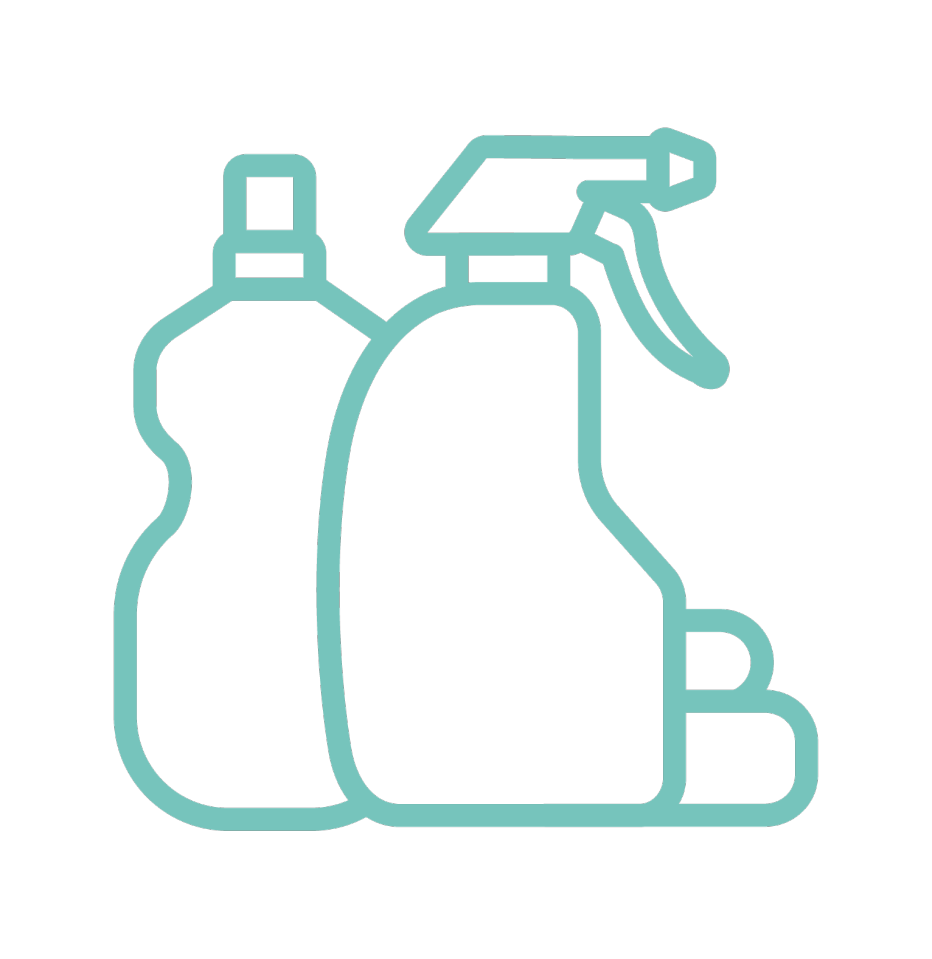
3. High-Touch Surfaces
Pay special attention to high-touch surfaces such as doorknobs, light switches, remote controls, countertops, faucets, and handles. These areas are more likely to harbor germs.

4. Personal Protective Equipment (PPE)
When using strong disinfectants, consider wearing gloves and a mask to protect yourself from harmful chemicals. Make sure the area is well-ventilated.

5. Routine Cleaning Schedule
Establish a routine cleaning schedule. Daily or weekly cleaning can help maintain a sanitized home. Create a checklist to ensure you cover all high-risk areas.

6. Declutter and Organize
A clutter-free home is easier to clean and sanitize. Declutter regularly to prevent the buildup of dust and debris in hidden corners.
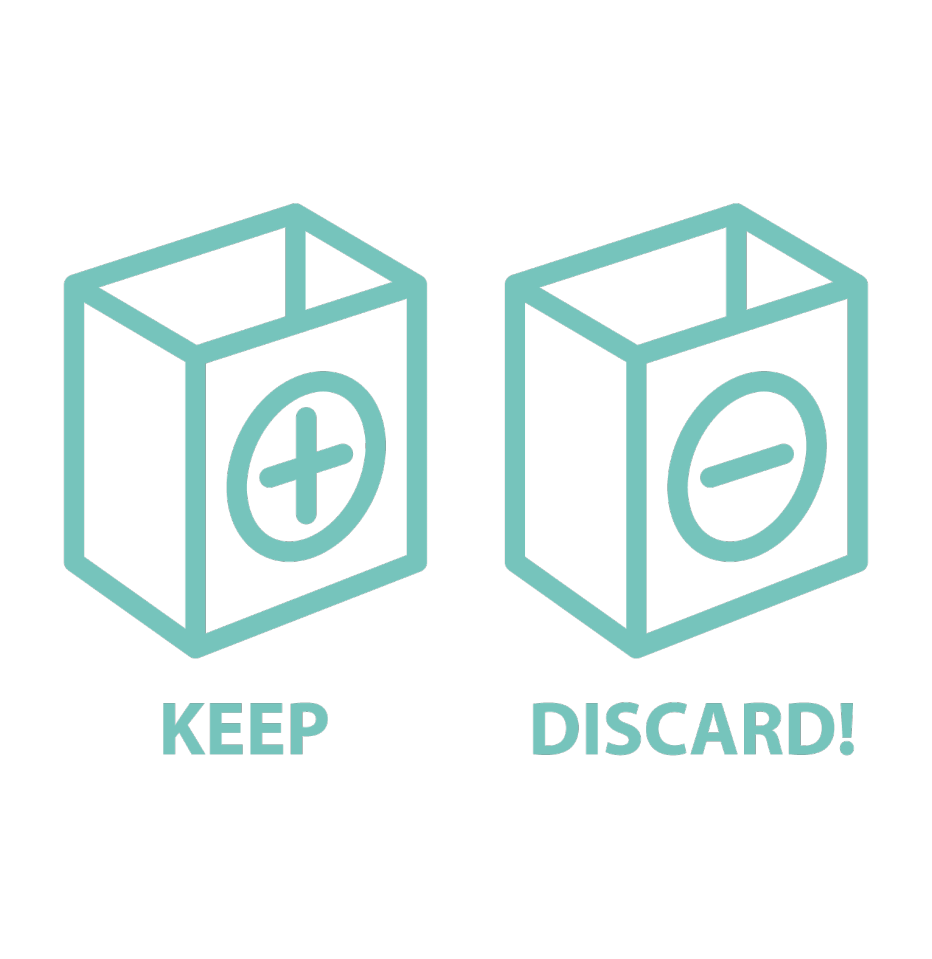
7. Laundry and Bedding
Don't forget about soft surfaces like bedding, curtains, and upholstery. Wash these items regularly with hot water and detergent to kill bacteria and allergens.
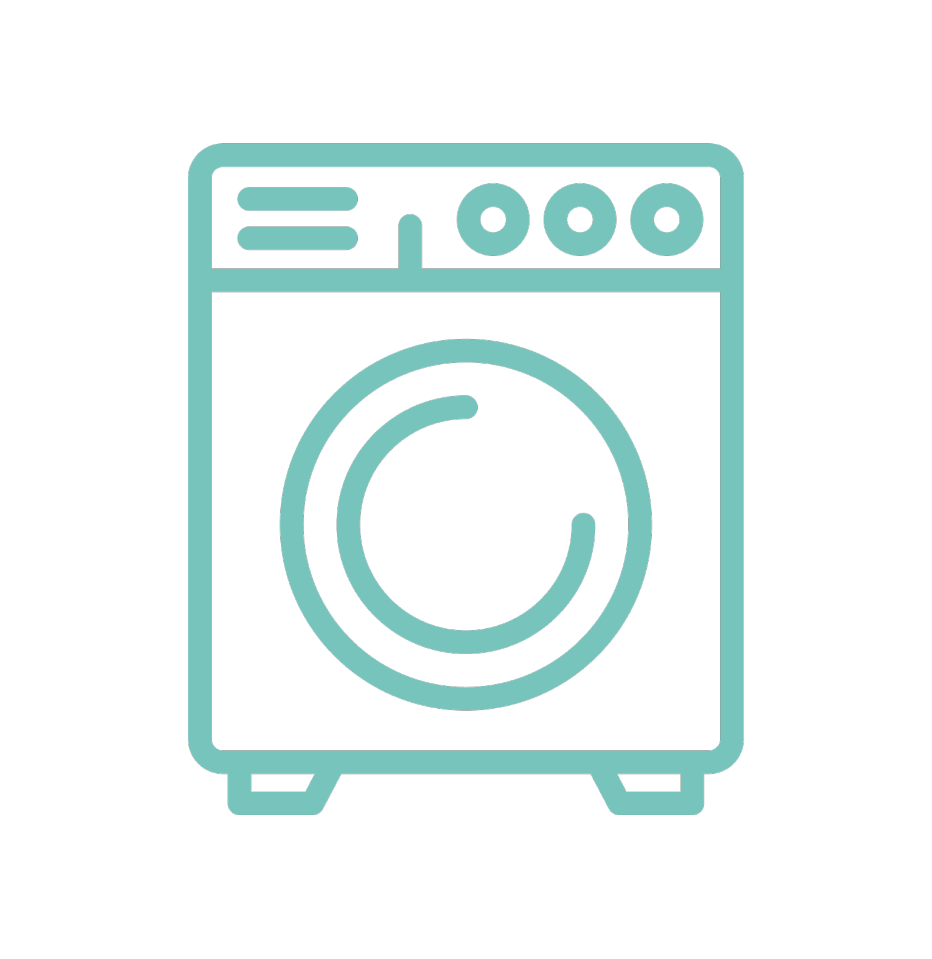
8. Ventilation
A well-ventilated home reduces moisture, which can lead to mold growth. Open windows to improve air circulation and use exhaust fans when cooking or showering.

9. Consistency is Key
Consistency is crucial in maintaining a sanitized home. Stay committed to your cleaning and sanitization routine, especially during flu seasons and health crises.

10. Personal Hygiene
Lastly, emphasize personal hygiene within your household. Encourage regular handwashing, especially after returning home from outside activities, and ensure everyone covers their mouth and nose when sneezing or coughing.

In conclusion, a clean and sanitized home is not just aesthetically pleasing but also essential for the well-being of your family. By following these guidelines and maintaining a regular sanitization routine, you can create a safe and healthy living environment where you can truly relax and enjoy your time at home. Your haven will not only look pristine but will also be a fortress against germs and illnesses, ensuring the health and safety of your loved ones.